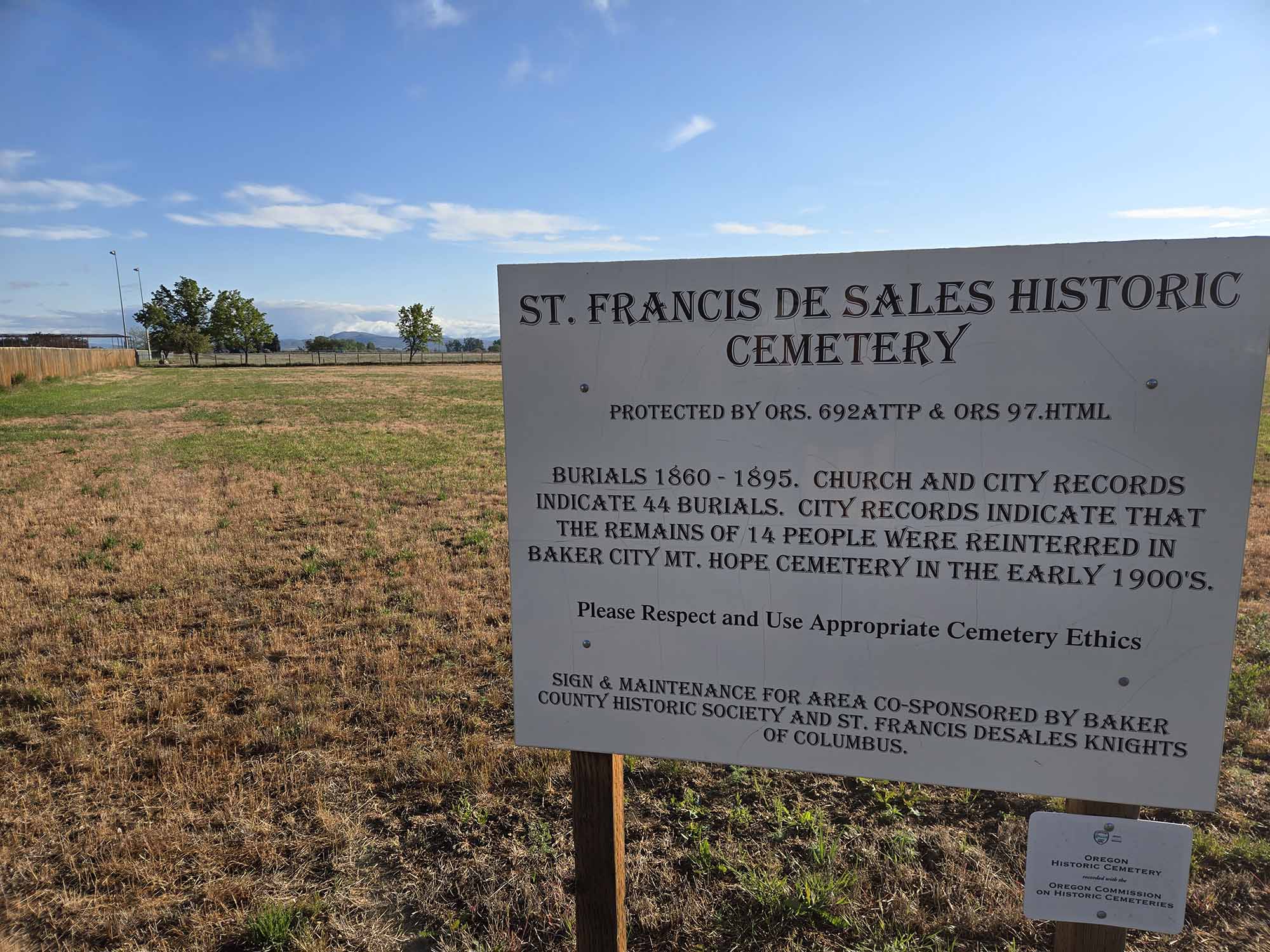Turning Back the Pages for Aug. 7, 2021
Published 3:00 pm Friday, August 6, 2021
50 YEARS AGO
Trending
from the Democrat-Herald
August 7, 1971
The Rev. Roger Bierwagen, pastor of the Richland and Baker Seventh-day Adventist churches will move to IdahoFalls, Idaho, in August and be in charge of the Blackfoot and Idaho Falls churches.
Trending
25 YEARS AGO
from the Baker City Herald
August 7, 1996
Reactions from Baker County Republicans to Rep. Wes Cooley’s decision to not seek re-election range from relief to disappointment.
Everyone seems to agree, however, that there’s still time to find a candidate who can keep the traditionally Republican Second Congressional District in GOP control.
The likely candidates to replace Cooley as the Republican nominee are his predecessor, Bob Smith; third-party candidate and Republican State Sen. Greg Walden of Hood River; and Perry Atkinson of Medford.
10 YEARS AGO
from the Baker City Herald
August 8, 2011
Baker City Councilors will consider a resolution changing parking restrictions around Brooklyn Primary School during their regular meeting at 7 p.m. Tuesday at City Hall, 1655 First St.
Officials at Brooklyn want to move the bus loading zone from its current location on Oak Street to the north side of Washington Avenue, in front of the playground.
This proposal is known as Resolution No. 3667. Making this happen would require the city to restrict parking on that side of Washington from Ash toward Clark streets from 7:30 to 8:30 a.m. and 1:30 to 3:30 p.m. on school days.
ONE YEAR AGO
from the Baker City Herald
August 8, 2020
A species of moth that, in caterpillar form, likes to munch on the needles of fir trees is having one of its periodic population surges on parts of the Wallowa-Whitman National Forest.
But the forest’s entomologist says the outbreak of Douglas-fir tussock moths is of moderate severity, and she expects it will diminish next year without the bugs having killed large numbers of trees.
The insect, despite its name, doesn’t satiate its appetite solely on Douglas-fir trees, said entomologist Lia Spiegel, who works on the Wallowa-Whitman, Umatilla and Malheur national forests as well as federal land managed by the Bureau of Land Management in eastern Oregon.
Tussock moth caterpillars also feed on the needles of “true” fir trees including grand fir and subalpine fir.
(Douglas-fir has a hyphen in its name because, scientifically speaking, it isn’t actually a fir.)
“Caterpillars are like kids — as they get bigger they eat more,” Spiegel said.
Unlike some insects and parasites that also can harm trees — the larch casebearer and the white pine blister rust, to name two — tussock moths are native to the Blue Mountains, Spiegel said.
A research paper from the Umatilla National Forest noted that studies of tree core samples on that forest’s Walla Walla Ranger District, in southeast Washington, suggested that tussock moth populations had periodic surges as early as 1843-45.









